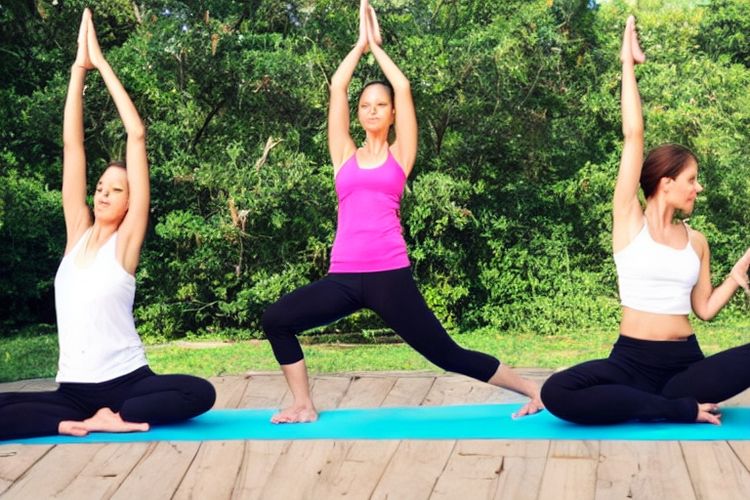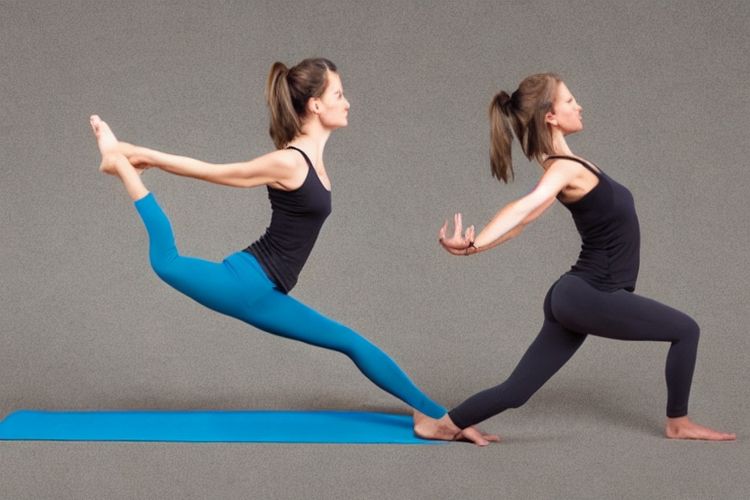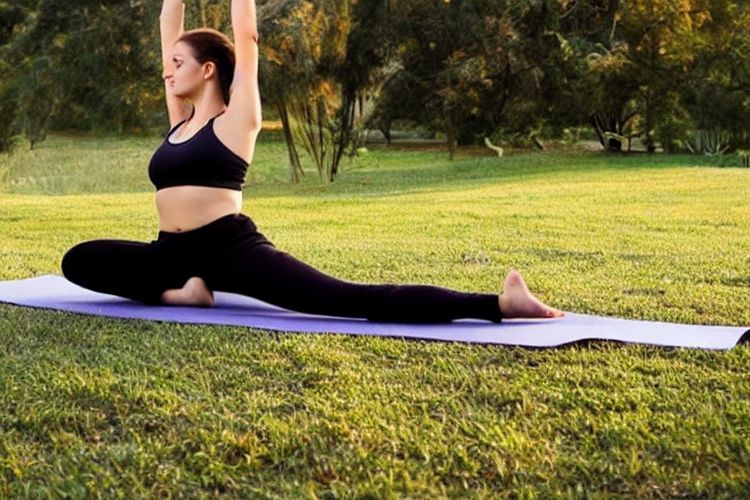Improve Your Balance and Flexibility through Regular Yoga Practice

Improve Your Balance and Flexibility through Regular Yoga Practice
Yoga has become increasingly popular over recent years, and for good reason. This ancient practice offers a wide range of physical and mental health benefits that can improve your overall well-being. One of the key aspects of yoga is its ability to enhance balance and flexibility, two fundamental components of physical fitness.
Balance and flexibility are essential for maintaining a healthy body and preventing injuries. However, as we age, our balance naturally deteriorates, and our muscles become less flexible. This can lead to a variety of issues, including falls and joint pain. Luckily, regular yoga practice can help combat these problems and promote a balanced and flexible body.
Yoga involves a series of poses, known as asanas, that focus on strengthening and stretching various muscles groups. These poses require concentration, stability, and control, ultimately improving your balance. By consistently engaging in yoga, you develop a better understanding of your body’s alignment and are able to fine-tune your balance through conscious movements.
Additionally, yoga poses are designed to increase flexibility by targeting different muscle groups. Regular stretching helps lengthen the muscles and improve their range of motion. Over time, this leads to increased flexibility, making everyday movements easier and reducing the risk of muscle strain or injury.
A balance-focused yoga practice includes poses such as tree pose, eagle pose, and standing leg lifts. These poses require a stable foundation and challenge your body’s ability to maintain equilibrium. By practicing these poses regularly, you strengthen the muscles in your feet, ankles, and legs, which are crucial for balance.
On the other hand, yoga poses that target flexibility include forward folds, seated stretches, and spinal twists. These poses stretch the muscles in your hamstrings, hips, back, and shoulders, enhancing your body’s overall ability to move freely. By incorporating these poses into your routine, you gradually increase your flexibility and improve your range of motion.
Apart from the physical benefits, yoga also enhances mental well-being, which indirectly contributes to balance and flexibility. Yoga involves deep breathing and mindfulness, which help calm the mind, reduce stress, and improve focus. By practicing yoga regularly, you become more in tune with your body and are better able to relax and release tension, allowing for increased balance and flexibility.
Incorporating yoga into your fitness routine is relatively easy, as it requires minimal equipment and can be done in the comfort of your own home or at a local yoga studio. Many online platforms also offer yoga classes, making it accessible to anyone with an internet connection. It is recommended to start with beginner-friendly classes and gradually progress to more challenging poses as your skills improve.
Remember, achieving balance and flexibility through yoga is a gradual process. It requires commitment and patience. Consistency is key, so aim to practice yoga at least three times a week to reap the maximum benefits. Over time, you will notice significant improvements in your balance, flexibility, and overall physical well-being.
In conclusion, regular yoga practice offers numerous benefits for achieving and maintaining balance and flexibility. By engaging in a variety of poses that challenge your stability and stretch your muscles, you can enhance your physical fitness and reduce the risk of injuries. Additionally, yoga promotes a calm and focused mind, allowing you to better connect with your body and ultimately achieve a balanced and flexible lifestyle. So why not start your yoga journey today and unlock the incredible potential of your mind and body?



